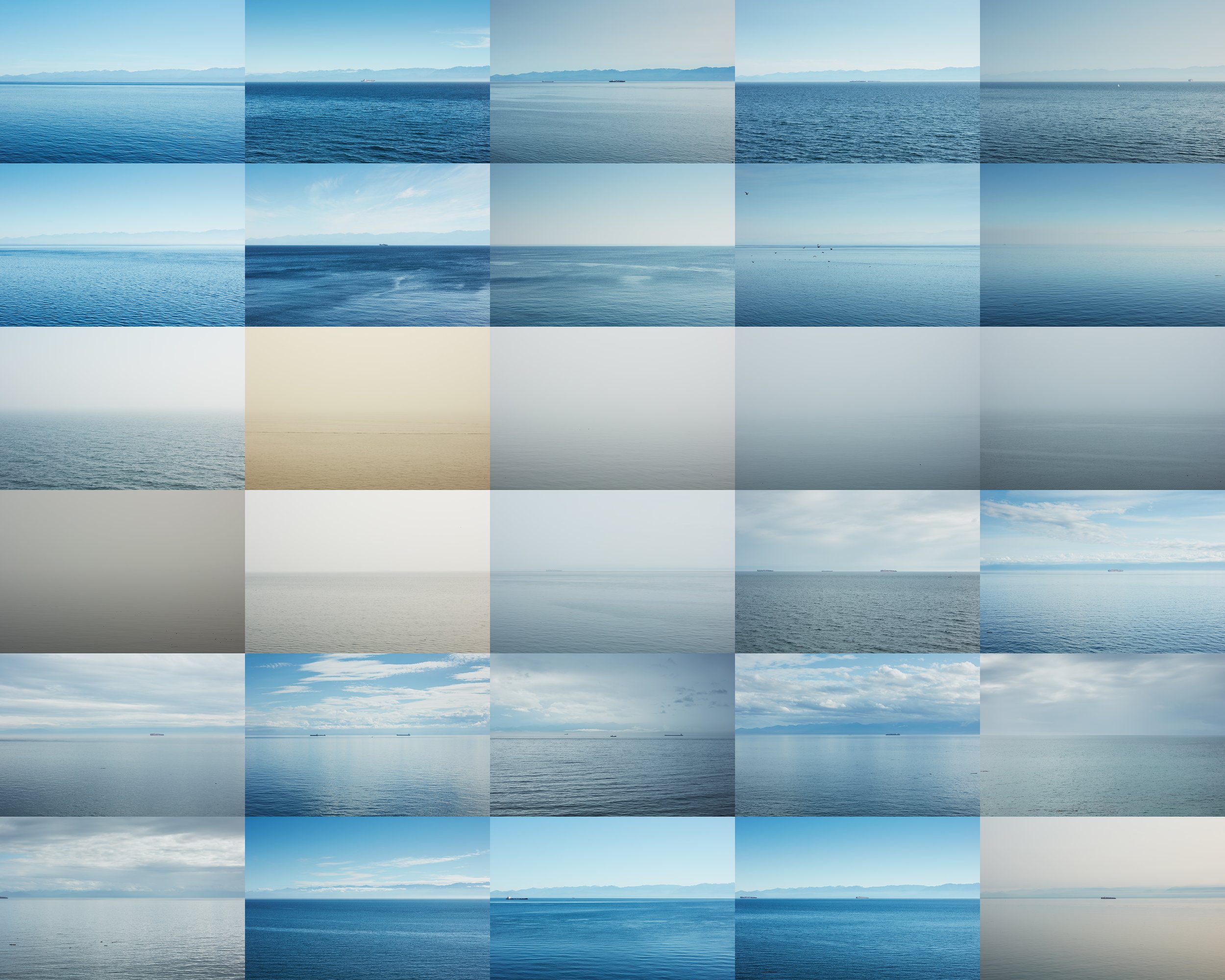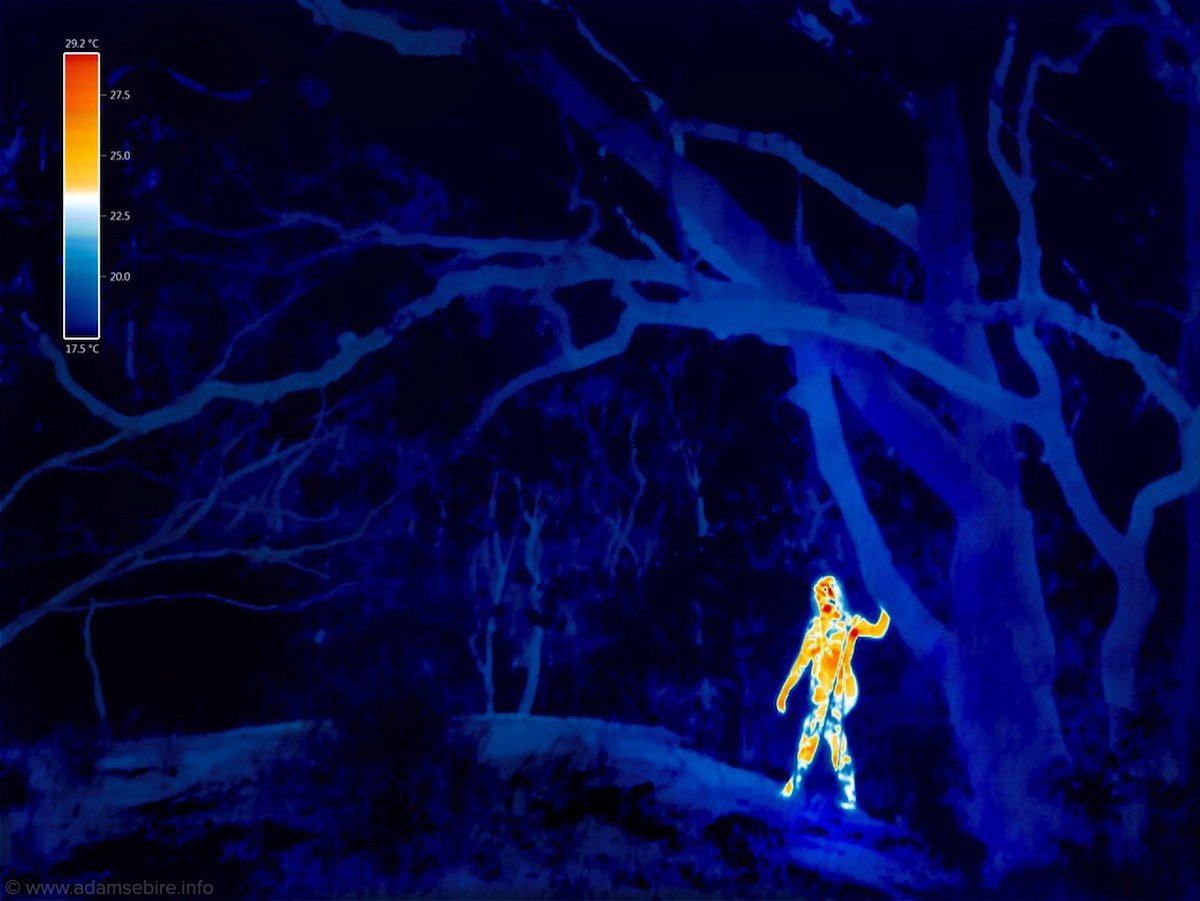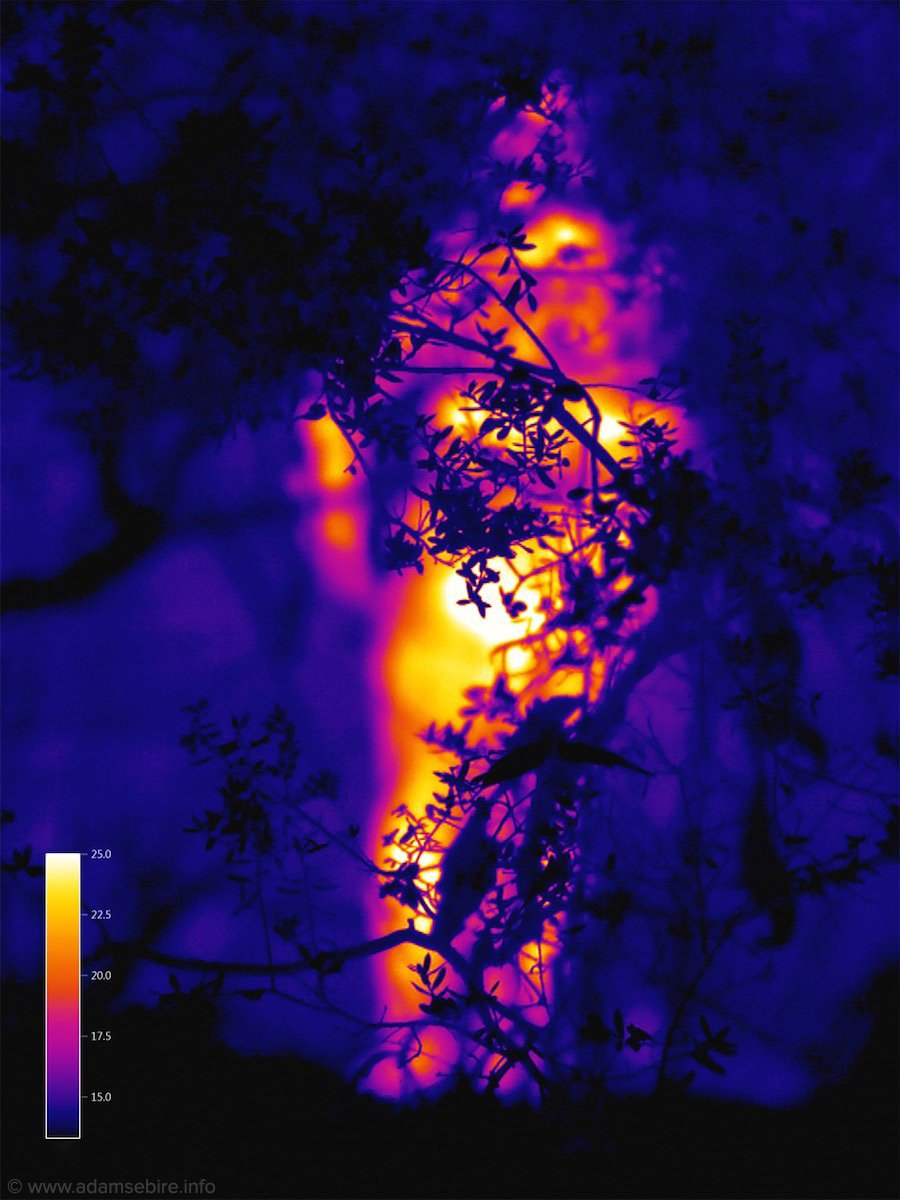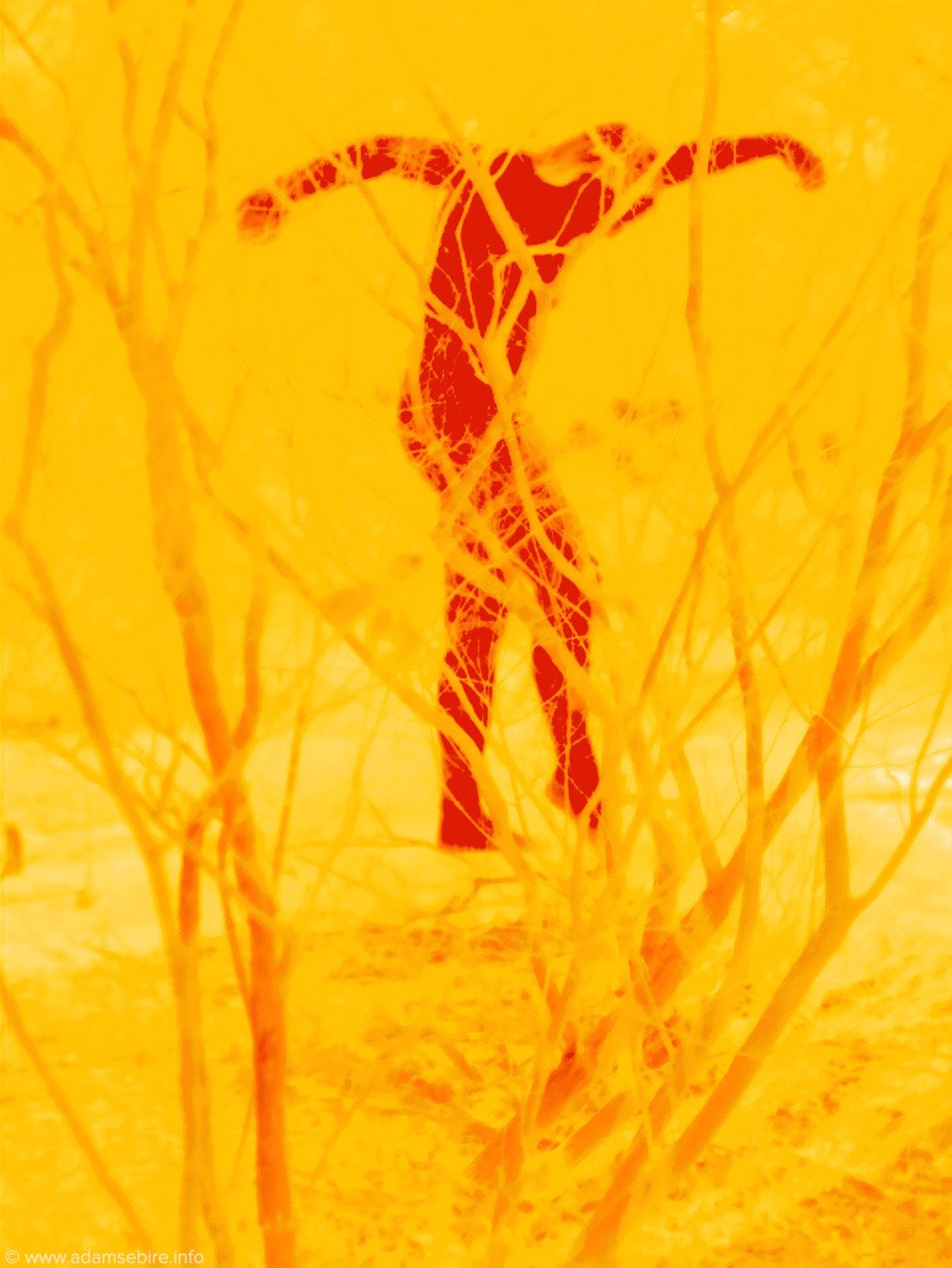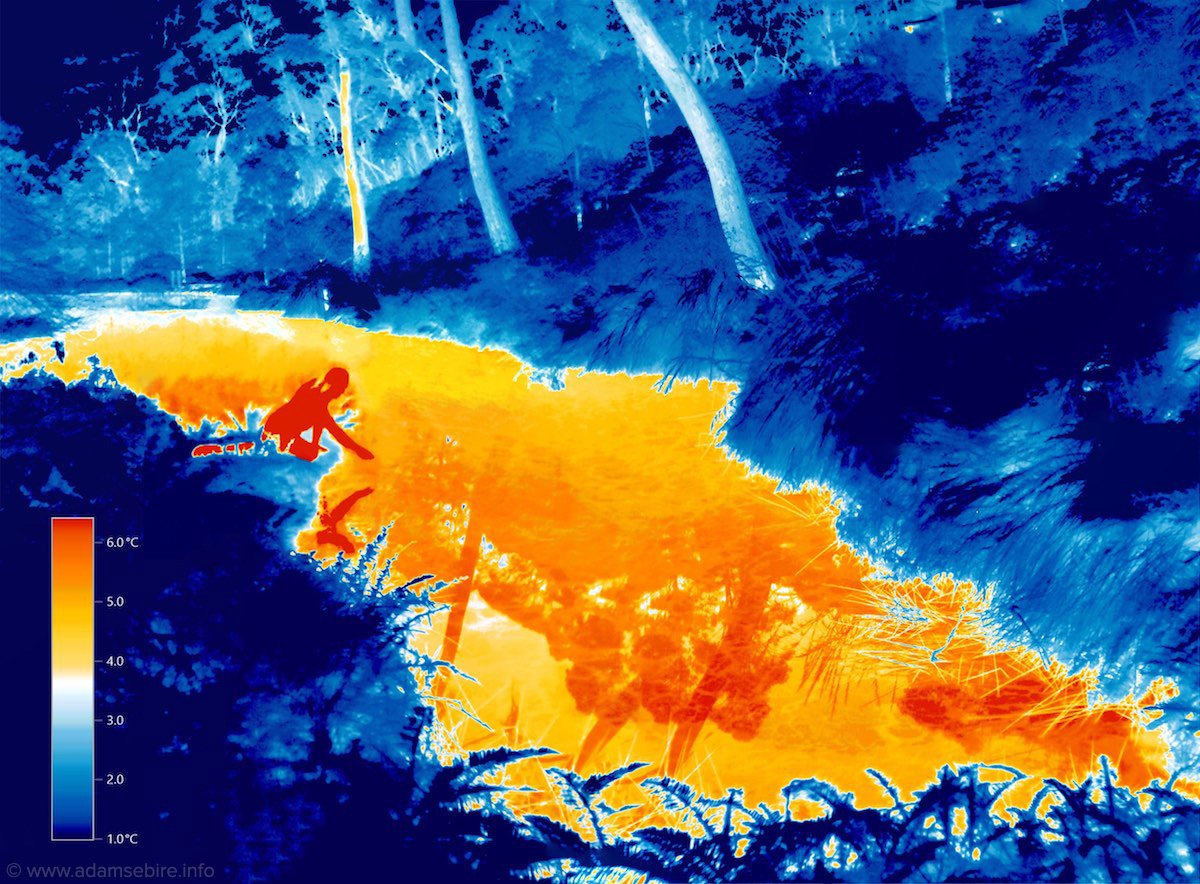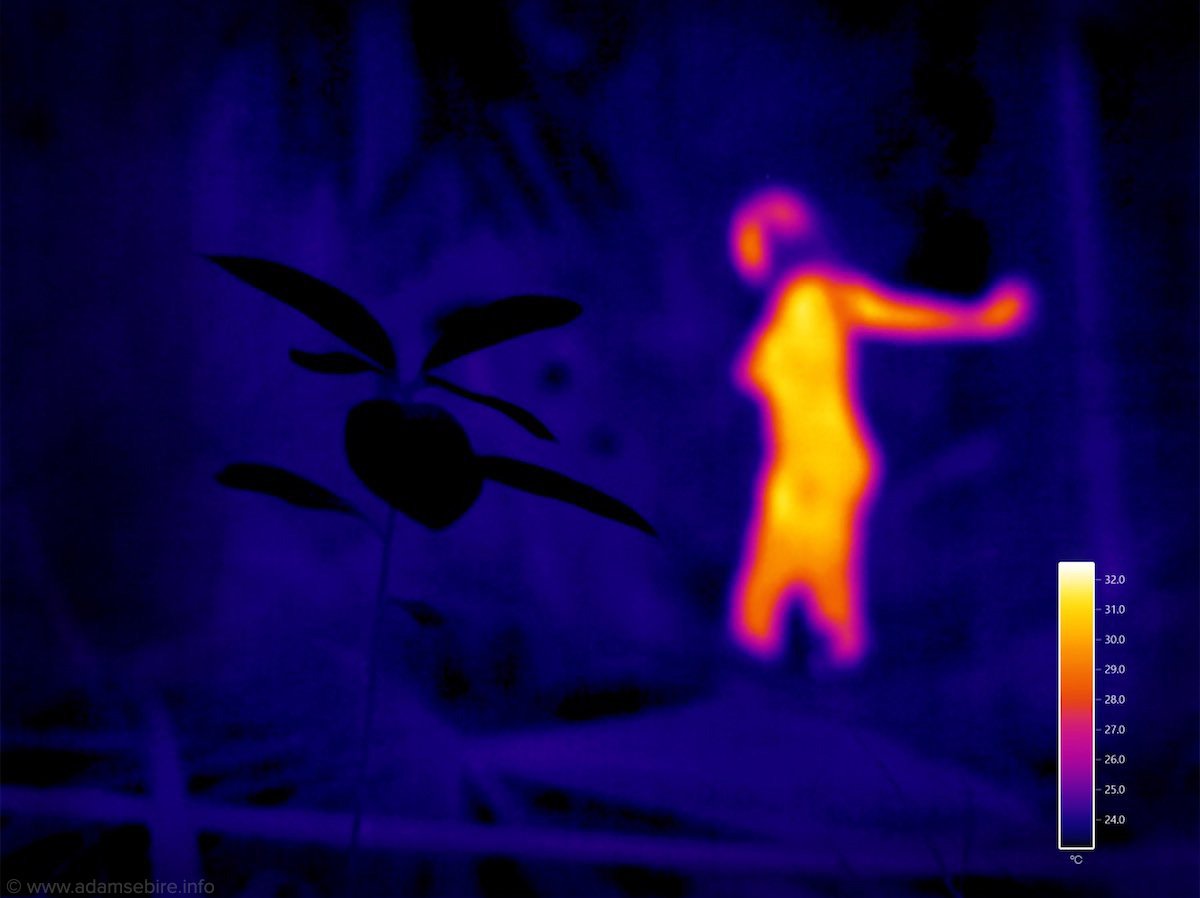Wildfire
With our gaze now focussed upward, artists in our second Viewing Room contemplate a warming atmosphere. Will we secure global net zero by mid-century and keep 1.5 degrees within reach? According to an ongoing study by scientists at NASA’s Goddard Institute for Space Studies (GISS), the average global temperature on Earth has increased by at least 1.1° Celsius (1.9° Fahrenheit) since 1880, when warming was kickstarted in the wake of the Industrial Revolution. The majority of that warming has occurred since 1975, at a rate of roughly 0.15 to 0.20°C per decade. The repercussions of this warming are being felt around the world. On the week this online exhibition launched, a paper by the UN Environment Programme projected that episodes of wildfire will grow even more frequent and intense, with a global increase of extreme fires of up to fourteen percent by 2030, thirty percent by the end of 2050 and up to fifty-two percent by the end of the century. ‘The heating of the planet is turning landscapes into tinderboxes’, the report states. There really is no time to lose – the symptoms of warming outlined by artists below must not be our forever-realities.
Since 2011, photographer David Ellingsen has been working daily on a long-term project, an anecdotal archive of sorts, functioning as memory and recording – storing milestones of incremental changes in the global climate system. Nestled within this greater series, the photographs which make Wildfire began appearing unexpectedly, revealing accumulations emerging over time, now through the smoke from fires both local and global.
Victoria, in British Columbia, where the artist lives, has endured intense periods of atmospheric smoke since 2017. 2020 saw a record-breaking wildfire season stretching through California, Oregon and Washington. In Vancouver BC (58 miles from Victoria) air currents pushed the smoke north from the USA, and September 12 through 14 saw the air quality reach the worst levels of any major city on the globe. The smoke reached across North America and could eventually be seen as far away as Northern Europe – over 8000 kilometres (5000 miles) away.
The summer of 2018 also saw unprecedented wildfire events around the globe: fires broke out north of the Arctic Circle, California had both the first and second largest fires in their history, Greece had the second deadliest wildfires this century, and smoke from fires burning in Siberia crossed to North America affecting both the US and Canada. In his home province of British Columbia, the worst fire season to date took place, surpassing record-setting 2017 with a greater number of fires overall and a larger total area burned. A state of emergency was called. Wildfire smoke left some areas in the province with the worst air quality in the world and air quality alerts were issued as far away as Prince Edward Island on Canada's east coast, over 4000km away.
As the forests continue to dry with increasing temperatures, the artist expects this work will continue. ‘Welcome to the Pyrocene’, he exclaims.

